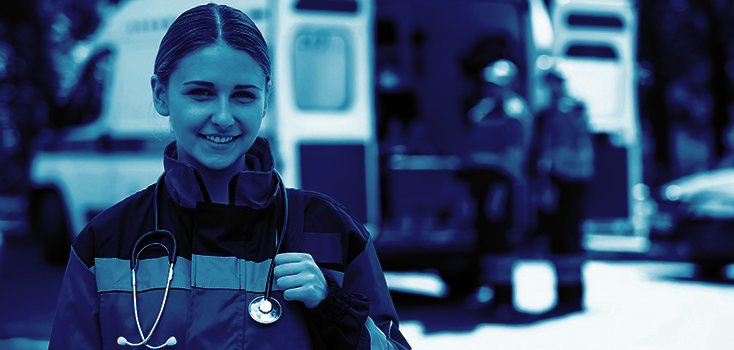
The shortcomings of the Austrian medical system
In the 21st century, the Austrian medical system can be regarded as one of the most advanced in the world. Nevertheless, many problems still need to be addressed.
The future will place increased demands on European emergency medical systems: Changes in the Population structure, lack of doctors, quality as a matter of paramedic trainings and cost pressure. The number and complexity of assignments are increasing. The Austrian rescue services have already identified some core aspects:
One major issue the country has to face, is the work structure: In Austria, the EMS structure has evolved historically, as a result the majority of the paramedics are volunteers and the majority of patients are cared for by non-physician staff – rescue and emergency paramedics. These are the supporting pillars for the main burden of the rescue service. Therefore, Austria has a rescue service system based on non-physician medical personnel with the assistance of emergency physicians. This means that emergency doctors are only used when (acute) life-threatening situations cannot be ruled out. They will either be alarmed immediately after receiving the emergency call via the control centre or requested by the medical staff who is already on site. In this regard, on many ambulances, there are only two paramedics with at least 260 hours of training according to the law. In some federal states, the inadmissible and suboptimal case can occur that two inexperienced paramedics are deployed in a medical emergency in which an acute danger to life exists or cannot be ruled out, after having successfully completed about two months of training.
In addition to that, compared to other countries, the length of training required for rescue services in Austria is short and the level of emergency medical care varies widely across the country. This is all the more serious when you consider the demands made on a paramedic: They need a wide range of knowledge in areas such as extended first aid, hygiene, legal bases, anatomy, emergency medicine, trauma care, handling medical equipment, psychology, dealing with elderly people and children, etc. At any time of the day or night, full operational readiness must be given, decisions must be made at short notice in stressful situations – a serious challenge for a possibly under-trained person.
Regarding the fact, that the rescue operations will rise, these are major issues that need to be addressed: Already from 2000 to 2007 in Upper Austria, the number of emergency doctor assignments rose from 15,276 to 22,968, which corresponds to an increase of about 50 percent. In addition to primary emergency operations, qualified secondary and interhospital transport make up a significant part. The ladder includes especially geriatric patients – a demographic group that will challenge the rescue services in particular, since the proportion of people over 60 will increase by about ten percent by 2030. The demographic development also causes a change in the clinical pictures. An increase in multimorbidity particularly affects cardiovascular diseases, chronic and psychological diseases. As a result the rescue operations are more complex, which can only be handled adequately by highly qualified personnel.
A further topic that contributes to an increase in the number of missions and the increasing demands for rescue and ambulance services is the change in settlement structures, as well as medical care in the periphery. The rescue service must also take a closer look at the topic of migration and any linguistic or cultural barriers (e.g. with regard to pain perception) associated with it.
The future of the Austrian rescue services will therefore have to face multiple challenges to approach the new environment. While the big stakeholders are aware of this fact and are trying to adept, a lot of efforts need to be undertaken to ensure ongoing quality of the EMS. Cooperation on a European level and the implementation of modern technology could play a vital part in this.
References
[1] Armin Reisinger (2012): RETTUNGSDIENST IN ÖSTERREICH: Herausforderungen an Ausbildung und strukturelle Entwicklung. Body & Health Academy GmbH, Linz. Available at URL https://www.oegern.at/wp/wp-content/uploads/Masterthesis-Reisinger-Armin-Rettungsdienst-in-%C3%96sterreich.pdf

